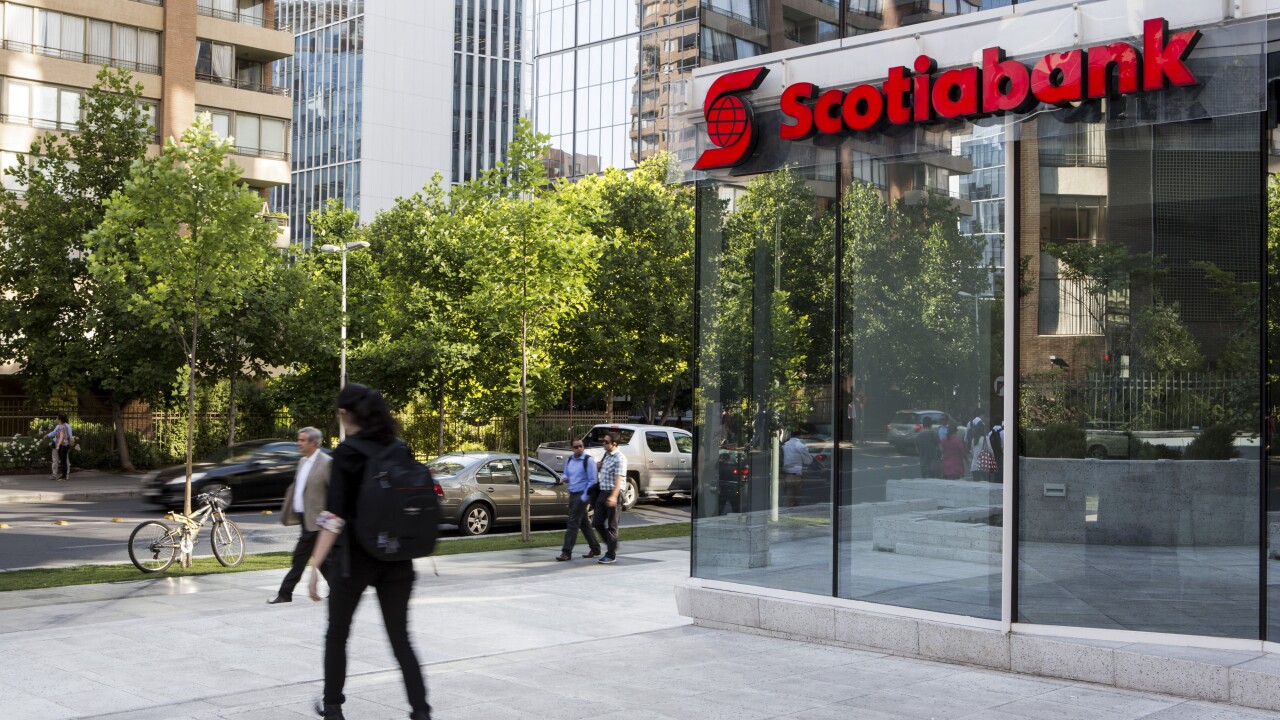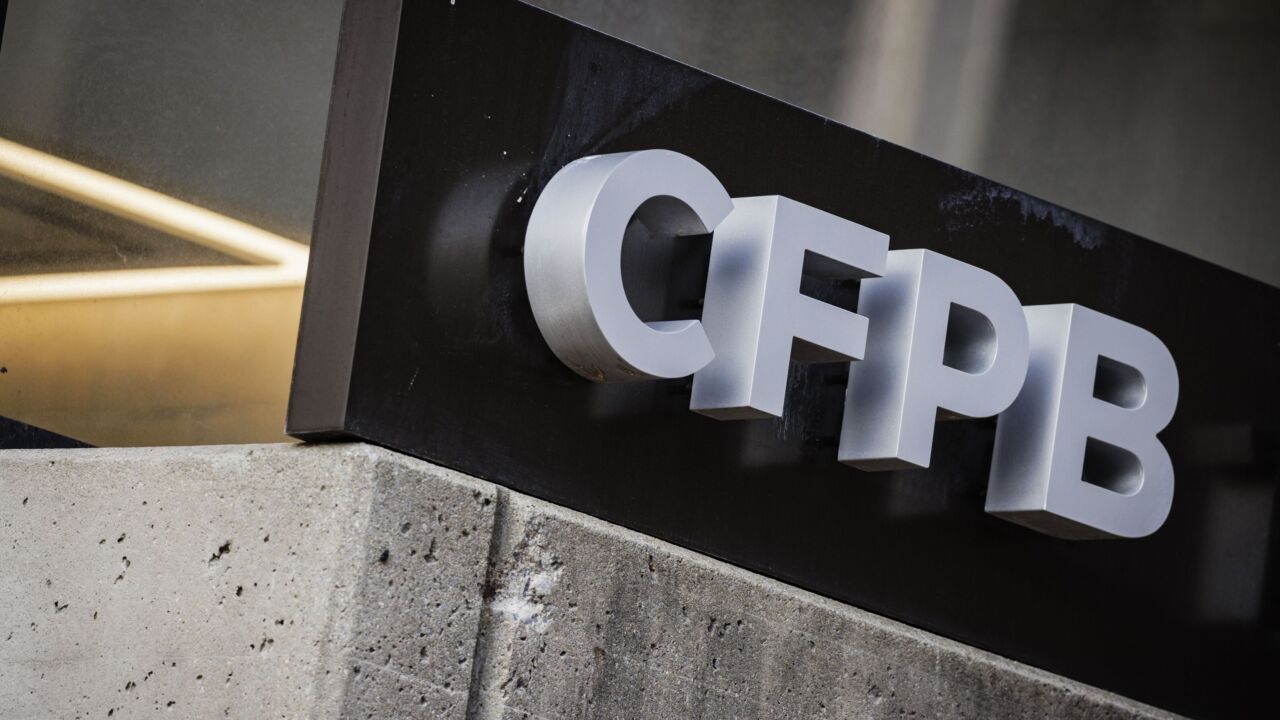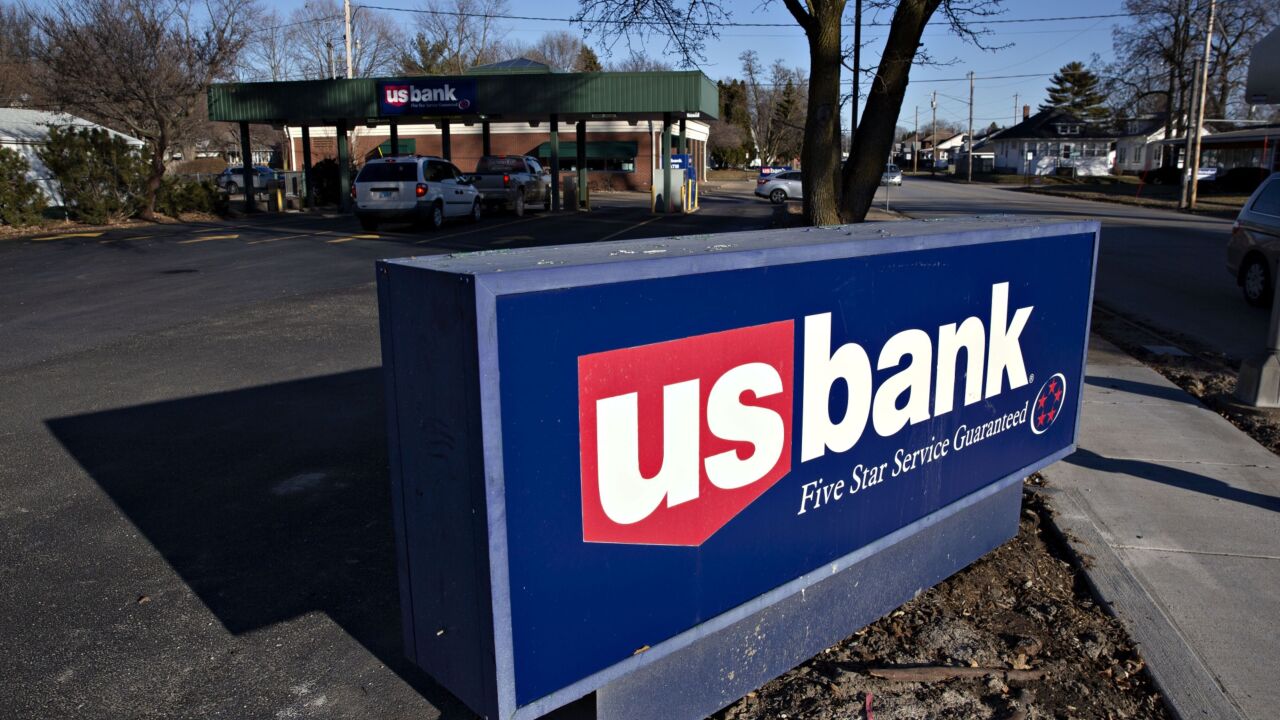Early this year, Union National Bank of Colorado in Denver started down a road few banks, if any, had traveled: the road to voluntary liquidation.
Many banks have been declared insolvent and involuntary liquidated by bank regulators and the Federal Deposit Insurance Corp. But the idea of voluntary liquidation - selling assets, paying depositors and creditors, and distributing the remainder to shareholders - is almost unheard of.
Because regulators face new requirements for prompt corrective action and early intervention, many undercapitalized banks may now find voluntary liquidation a much better alternative than a shotgun-sale merger or mandated liquidation.
Four Objectives
Why would a bank want to go out of business? The reasons fall into four general categories.
First, a voluntary liquidation is a way to sell a healthy bank.
Obviously, the price obtained through a liquidation sale would usually be lower than could be obtained from a traditional buyer. However, a voluntary liquidation is better than no sale when the bank ownership wants or needs to sell.
A second reason to liquidate-less desirable but probably more likely to arise-is to avoid being forced to sell new stock.
Federal regulators can make undercapitalized banks do so, under certain conditions. The power derives from the prompt corrective action provisions of the Federal Deposit Insurance Corp. Improvement Act of 1991.
Fire-Sale Prices
But even if willing buyers could be found for such mandate stock issues, the prices would be ridiculously low. Existing holdings would be diluted substantially.
Voluntary liquidation may be more desirable than this fire-sale alternative.
The third case in which voluntary liquidation might be preferable also arises from the FDIC Improvement Act.
The law gives regulators the power to force shareholders of an undercapitalized bank to sell it or merge it with another bank.
In such shotgun mergers of sales, the owners would have little or no bargaining power with the acquirer.
As with forced issuance of new stock, the benefits to stockholders could be dramatically less than voluntary liquidation would bring.
The fourth reason for a voluntary liquidation - and the most compelling one - is to avoid involuntary liquidation.
If a bank is not profitable and expects to keep losing money, leaving it "undercapitalized," shareholders may want to minimize their losses by liquidating voluntarily.
The 1991 law requires regulators to place "critically under-capitalized" banks - those with 2% core capital or less - into liquidation. But the law also lets regulators appoint a conservator or receiver for a bank with much higher capital - a merely a "undercapitalized" bank (core capital of less than 4%).
The appointment can be made under several circumtances. One is if the bank has no reasonable prospect of becoming adequately capitalized. Another is failure to meet a regulatory requirements to do so, or to submit an acceptable capital restortion plan. Yet another is material failure to accomplish such a plan.
A Chance to Recover Something
It is to be hoped that regulators would use less severe powers at first. Nevertheless, any undercapitalized bank that cannot forecast adequate capital within a reasonable time should immerdiately consider selling merging, or voluntary liquidation.
The advantages of voluntary over involuntary liquidation are obvious. With a voluntary liquidation, the shareholders are likely to get some of their capital back. In a involuntary liquidation - even one that begins with core capital of more than 2% - shareholders are likely to get nothing.
Also, voluntary liquidation would help bank avoid the regulatory burdens, battles, and expenses.
Even banks that can raise capital might be do better no to, unless they can project successful operations in their markets. Voluntary liquidation, recovering part of all of their investment, might be a better choice.
For directors and officers, another advantage to voluntary liquidation is eliminating the prospect of being sued by the FDIC and losing more personal assets. More and more, the FDIC is suing officers and directors after a bank is put into recievership. In most states, the liability standard is ordinary negligence.
In addition, provisions of the Crime Control Act of 1990 allow the FDIC to freeze the assets of targeted bank directors and officers when a suit is commenced.
Furthermore, a former bank director or officer cannot use bankruptcy to discharge a claim or judgment obtained by the FDIC.
Facing the Realities
The shareholders and management of Union National Bank recognized early that local market conditions were very unfavorable. Emotions were put aside, and the reality of the bank's situation was addressed in a businesslike fashion.
The goal was to maximize shareholder value. Every option was analyzed, including more shareholder contributions, mergers, and stock and asset sales. Several attempts to sell or merge on reasonable terms failed. Finally, Union National decided to voluntarily liquidate.
That decision occurred early this year, when the bank had assets of about $14 million, a core capital ratio of approximately 7%, and a loan-to-deposit ratio of approximately 32%.
A plan of liquidation was approved by directors. At a special meeting of shareholders, more than the necessary two-thirds voted to approve the liquidation. On Feb. 14 the bank ceased to do business with the public except for paying off depositors and creditors and selling assets.
Liquidity Essential
On that date, the bank had sufficient liquidity, by virtue of a sale of loans, to pay all depositors if an immediate need for cash arose.
Having cash on hand or immediately available at the inception is essential to proceeding in voluntary liquidation. Failure to have such liquidity invites the fate that voluntary liquidation aims to avoid - the appointment of a receiver and involuntary liquidation.
In Union National Bank's case, the response of the depositors and the public to the voluntary liquidation was positive. There was no panic or disorder.
In fact, many depositors failed to move their accounts to other banks within 30 days after the liquidation, as had been requested. They had to be reminded, or in some cases prodded.
By mid-June the liquidation was essentially complete. Only a few outstanding matters remain before the bank can submit its final report of condition to the Office of the Comptroller of the Currency and complete the liquidation. That is expected to occur by yearend.
Mr. Grebenar is a partner in the Denver law firm of Rothgerber, Appel, Powers & Johnson.





